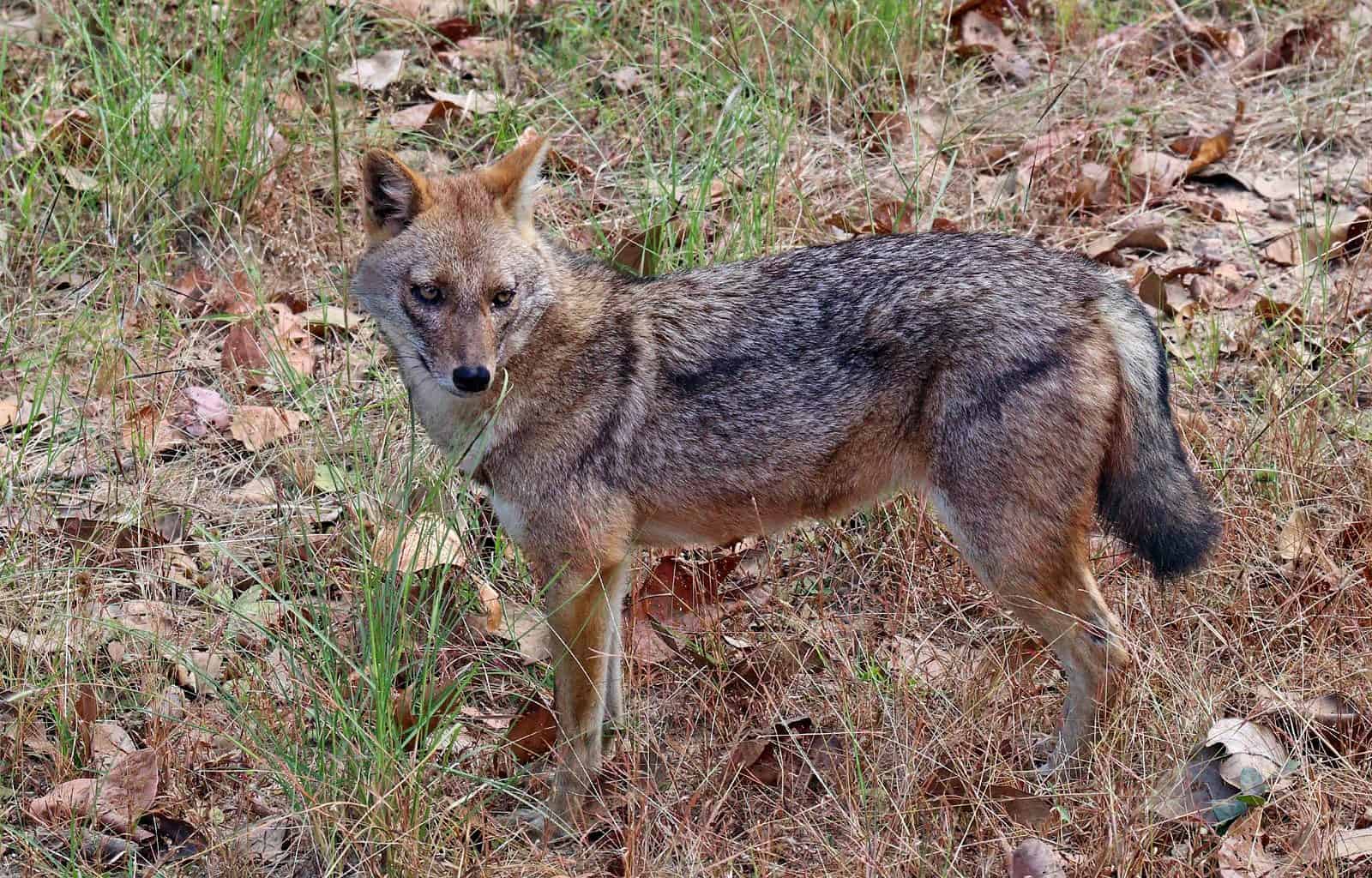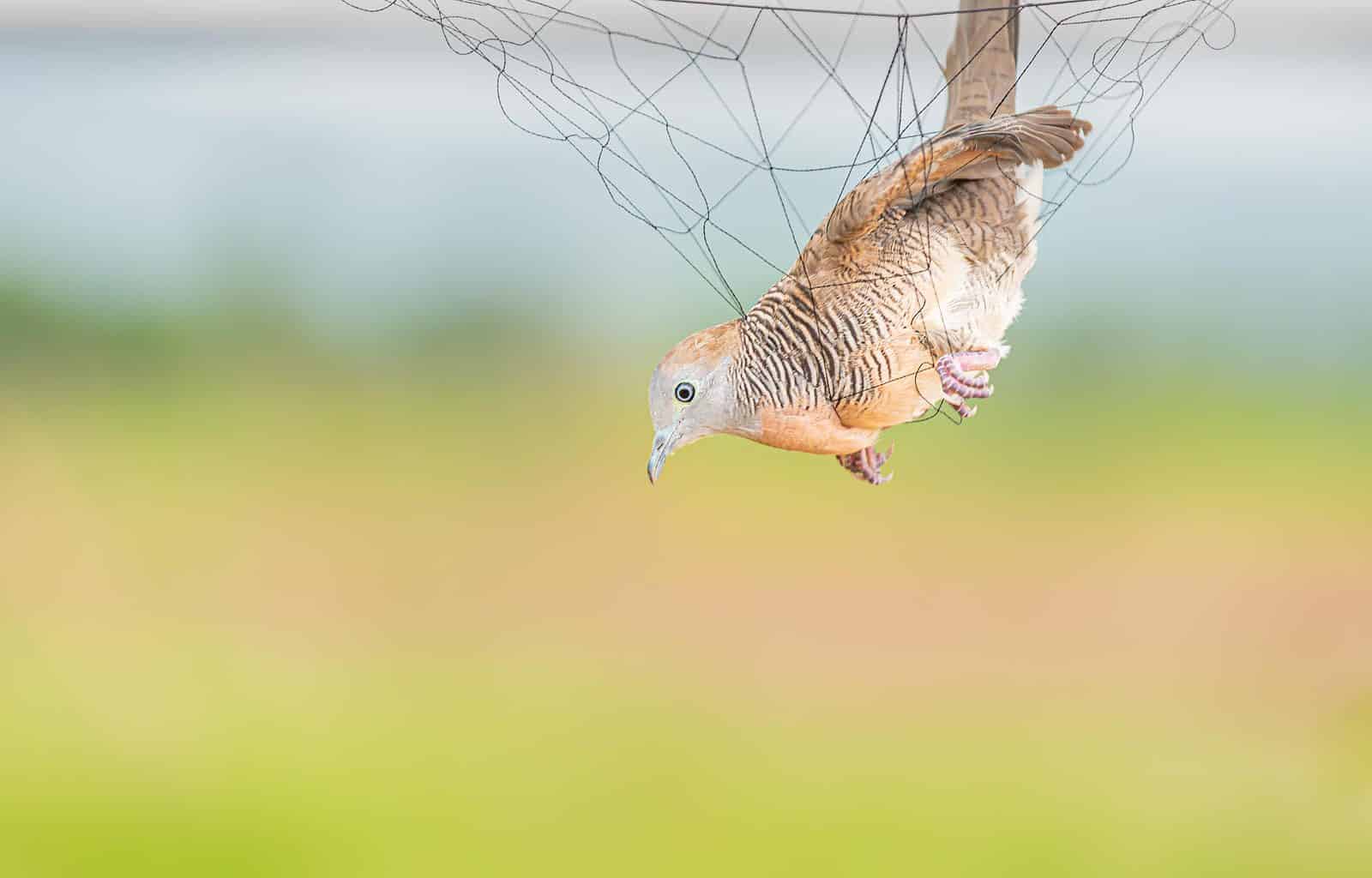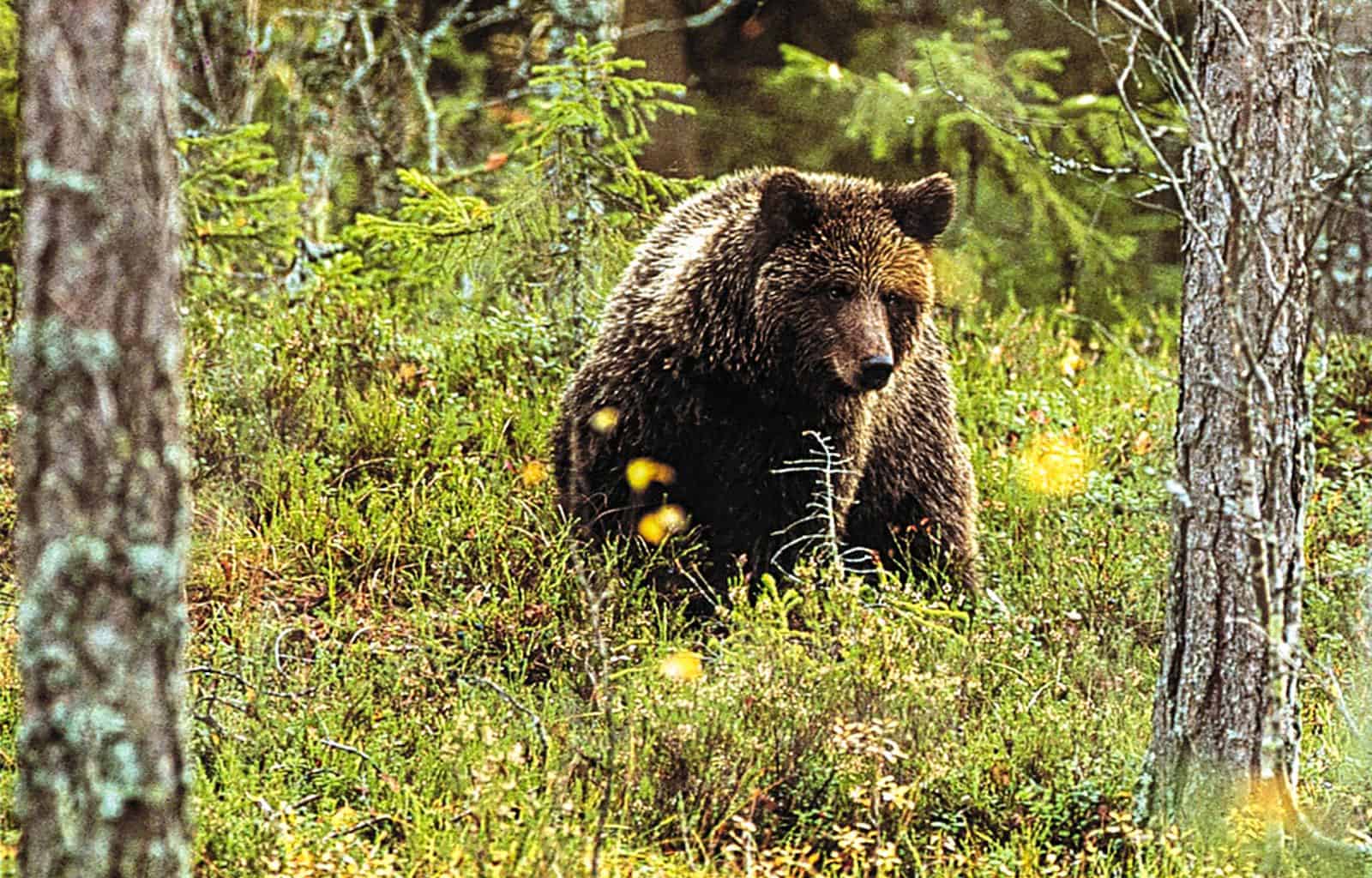Estonia approved killing 50% of its wolves this winter
Estonia, one of the three Baltic countries, announced that it will allow hunters to kill half of its wolf population over this winter. The news shocked the local public and environmentalists. Moreover, this decision created an incentive for the Swedish government to put the re-authorization of killing wolves in Sweden up for debate.
Please also read: How the wolf divides Norway
Highest kill quota since joining the EU
Like all Baltic countries, Estonia has a right to make sovereign decisions on predator policy within their country. They used this right to set the highest kill quota in the country since Estonia has joined the European Union. The official reason for this is to maintain the natural shyness of predators from humans and to avoid harm to pets and livestock.
Luckily, the NGO “MTÜ Eesti Suurkiskjad” lost no time to take steps against this harsh measure. It sued the Estonian government and won the case. In consequence, the quota was lowered from 140 to 72 animals. However, there is no accurate estimation on how many wolves currently reside in Estonia. Conflicting monitoring results state that in 2018/2019, there were between 140 and 280 adult wolves and puppies. Last year, according to official statistics, wolves killed 477 sheep, 15 cattle and 12 dogs in Estonia. In 2019, 61 wolves were killed in Estonia and 66 in 2018. This means that despite the success in court, the quota is still higher than ever and might include half of the Estonian wolf population. And within the first two months of the hunting season, November and December 2020, already over 50 of the 72 allowed wolves were shot.
Incentive for Sweden to rethink wolf hunt
The events in Estonia led to Sweden’s government initiating a new debate about increasing number of licenses for hunting wolves. The initiators claim that only through regulated hunting, wolf populations could reach a “favorable conservation status”. Last winter, the licensing for hunting wolves was canceled due to high pressure from environmental NGOs. Since then, the wolf population has grown and now pressure from agricultural associations is growing.
The current Swedish government based this proposal on farmers’ difficulties with regionally high wolf densities and the declining acceptance in such areas. This applies not only to the reindeer areas, which the EU has blessed to keep free of wolves, but also to more densely populated areas, such as around the cities of Borlänge and Örebro.








“The current Swedish government based this proposal on farmers’ difficulties with regionally high wolf densities and the declining acceptance in such areas. This applies not only to the reindeer areas, which the EU has blessed to keep free of wolves, but also to more densely populated areas, such as around the cities of Borlänge and Örebro.”
To the best of my knowledge this text “reindeer areas, which the EU has blessed to keep free of wolves” is not correct. There is no exception, the wolf is an Annes 4 animal in all of Sweden. It only applies til the Finish population.
EDIT:
Thanks to Eleri Lopp-Valdma (estonianwildlifetours.com), who informed us about the successful lawsuit of her NGO “MTÜ Eesti Suurkiskjad”. This article was updated accordingly on 11/1/21.
Wolves should be protected. Killing them is inhumane and ecologically foolish.
It’s not only the wolves who are in danger here in Estonia. The Estonian forest industry has so strong lobby in government that most of the natural forest, that Estonia used to be known for, have been logged and destroyed within the last 5 – 7 years. Estonia has become the biggest wood pellet exporter and the richest people in Estonia have (the biggest is Graanul Invest) have purchased most of the forest land. Even Soviet times didn’t destroy that much of Estonian nature than it’s been done recently. Even the national parks and Natura 2000 areas are being logged to large extent. Nature has been monetized and the myth of “green untouched” Estonia is no longer valid. The ‘wolves problem’ is a direct result of this process, as their natural habitats have been destroyed. Of course, in the paper everything looks fine – government finds the ways to show distorted reality (for example, all old forests are being cut down, but in statistics, they include land covered with 1,3m bushes as forest. So they can say, that we still have the same amount of “forest”). It’s extremely sad to see such destruction for locals.
Stop